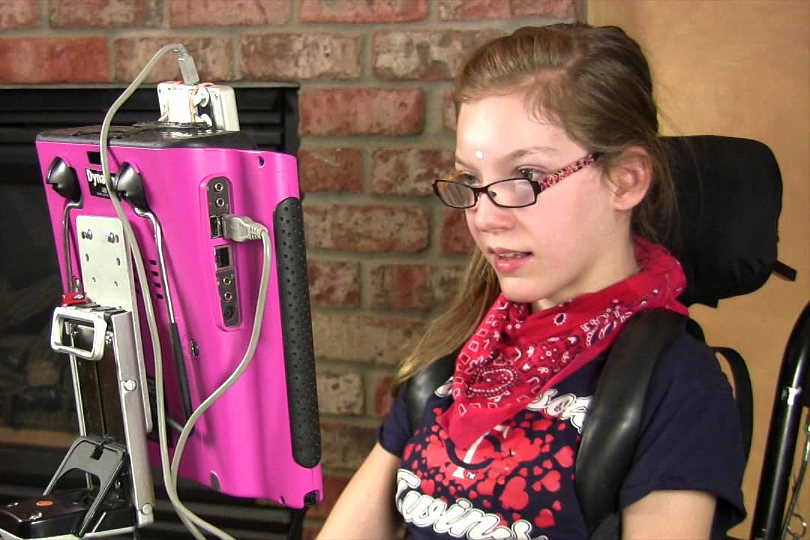Modern times and advancements in science have paved the way for assistive technology and adaptive equipment to help individuals overcome various illnesses, defects, and more. One such injury that is fatal amongst children (especially infants) is Dyskinetic Cerebral Palsy. This is often a result of damage that has occurred in the brain’s basal ganglia, which disrupts its ability to send and receive messages from muscles. The result of which is uncontrolled movements in those parts of the body that it has affected, like the feet, face, tongue, arms, etc.
Assistive technology, as the name suggests, assists an individual in performing certain functions that their body is typically unable to. Any device or piece of equipment, which can support and improve an individual’s ability to function falls under this category.

Advantages of Adaptive and Assistive Equipment for Children
Dyskinetic Cerebral Palsy causes a wide range of challenges amongst children, but a diagnosis does not guarantee limitations. With the help of assistive technology, children who have dyskinetic cerebral palsy can overcome not only movement problems but also confront their hearing and speech difficulties.
Assistive technology plays a pivotal role in helping a child transition to adulthood with independence and self-sustainability. The severity of disability in this type of cerebral palsy can range from mild to severe and be very disruptive for a child’s independent living and quality of life.
Here are various benefits that assistive technology and adaptive types of equipment can offer for a child with Dyskinetic Cerebral Palsy:
- Improved health and fitness
- Better academic performance and self-sufficiency
- Higher communication skills and interaction with other kids
- Increased participation in recreational activities
- Better ability to express emotions
- A confidence-filled life and engaging social experience
There is no specific imaging scan or test that is used to diagnose Dyskinetic Cerebral Palsy. Instead, in such cases, the doctors and the child’s parents often work together to focus on the child’s overall development, muscle tone, abilities, reflexes, and more, to understand the extent and decide the treatment.
Various Assistive Technologies to cope with Cerebral Palsy
The symptoms and complications of cerebral palsy vary from one individual to another and even differ based on the cerebral palsy that one suffers from, such as dyskinetic cerebral palsy. There are many technologies that help with the CP symptoms like mobility technology (electronic wheelchairs, power scooters, etc.), communication technology (electronic communication boards, eye-tracking devices, speech-generating devices, etc.), typing and writing devices (specially designed pencils, desk with surface, steadying device, etc.), hearing aids and more.
Here are a few assistive and adaptive technologies that can help children in their day-to-day lives:
- Non-skid rugs
- Plates and bowls with non-slippery bottoms
- Adaptive scissors and other art supplies
- Toilet seats, bathing benches and safety bars in the bathroom
- Movable tables and tabletops
- Dressing aids and key turners
- Brushes and sponges with longer handles
- Weighted utensils or ones with grips
- Aid/assistance for positioning in bed, chair or couches
If your child has dyskinetic cerebral palsy, take the help of assistive technology and adaptive devices like these throughout the day. Schools can also be of significant help for children with their adaptive typing and writing devices that can help a child cope academically.
Quick Tip!
If your child is suffering from dyskinetic cerebral palsy because of negligence by the hospital or doctor, then there are specialized birth injury lawyers you can consult. Lawyers help you file a medical malpractice case against the hospital/doctor. They assist you to collect evidences that the brain injury your child suffered is a cause of preventable birth injury, medical error, or neglect/failure to monitor the baby and the mother adequately.
With determination and a little bit of positivity, you can make sure your child gets the best treatment and is heading on a healthier path.







